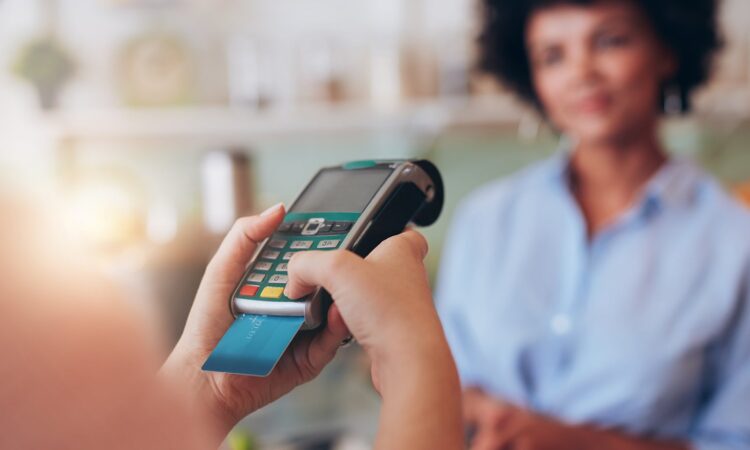
You’re visiting another country and making a purchase with your credit card. Then, the credit card terminal asks if you’d like to pay in U.S. dollars or in the local currency.
This might sound like a convenient way to avoid foreign transaction fees, but it’s not. Here’s why: The exchange rate offered here ranges from bad to awful, and you may still pay a foreign transaction fee (if your credit card has one) since some credit card issuers base these fees on where the transaction takes place — not the currency you chose for your transaction.
This option for paying in your home currency is called dynamic currency conversion, and it can lead to hefty fees plus overpaying for your purchases. Here’s how to avoid dynamic currency conversion.
How dynamic currency conversion works
Dynamic currency conversion (DCC) is sometimes called “cardholder preferred currency” (CPC). Whichever name you use, the idea is the same: cardholders can pay in their home or local currency when paying by credit or debit card while visiting another country.
When you present your card to pay, the payment terminal may display two options: a price in the local currency and a different price in your home currency.
The price in your home currency has been converted automatically due to DCC. Unfortunately, these rates are not ideal. DCC pricing typically includes fees and profit margins for the merchant due to providing this currency exchange service.
Conversely, if you pay in the local currency, your bank will convert the charge at the most favorable conversion rates for you, billing you in your home currency — U.S. dollars, in this case. This is the one you should choose.
Related: I fell for dynamic currency conversion — reader mistake story
In short, it works similarly to currency exchange booths. You get the convenience of paying in your home currency and they make a profit through not-perfect exchange rates. Think of DCC as an exchange fee.
Daily Newsletter
Reward your inbox with the TPG Daily newsletter
Join over 700,000 readers for breaking news, in-depth guides and exclusive deals from TPG’s experts
DCC service providers are supposed to notify you that there are fees and markups involved (such as this sample advice for merchants). Unfortunately, this isn’t always the case.
DCC works the same with credit and debit card payments as it does when taking money out of an ATM. In most cases, you’ll lose 3%-5% during the conversion. And, if your card has a foreign transaction fee or foreign ATM fee, you’ll stand to lose another 3%-5% from that fee, as well.
See also:
How to avoid dynamic currency conversion
Avoiding DCC is simple enough: choose to pay in the local currency. While this can make you apprehensive, feeling unsure exactly how much you’re paying, there are better solutions than overpaying for your items in the name of convenience.
When it’s time to pay, you can use a currency conversion app on your phone to see the cost of your items in your home currency. In this way, you can clearly understand the price without accepting DCC.
Other ways to avoid fees
Dynamic currency conversion is just one of the myriad fees you can encounter when using your credit cards. It’s important to avoid as many of them as possible.
Be sure to use a credit card without foreign transaction fees when traveling outside the U.S. You don’t want to pay an extra 3% (typical fee) on top of the price for each purchase.
Similarly, use a checking account that doesn’t assess fees for taking money out of a foreign ATM — or any ATM, for that matter.
Lastly, pay off everything you purchased during your trip when you get home. Paying your credit card bills in full helps you avoid interest and is better for your credit score. Not doing so makes everything you bought on your trip more expensive.
Related: Why paying off credit card balances is more important than ever
Bottom line
Convenience is great. In many aspects of life, we’re willing to pay extra for it: having your food delivered (instead of picking it up), faster delivery of items you ordered online, etc.
However, paying extra for items because you see the price in your home currency isn’t worth it. Using an app to show you the price, then paying in the local currency, can lead to big savings. Don’t fall for dynamic currency conversion, which is nothing but an unnecessary fee disguised as “convenience.”



